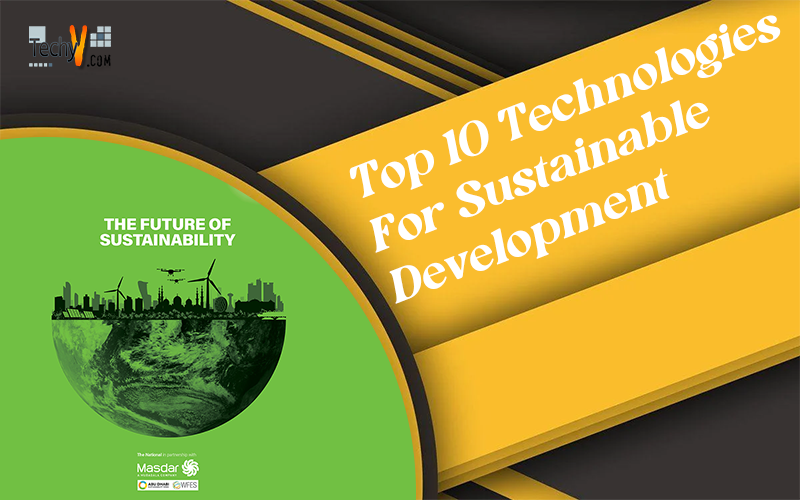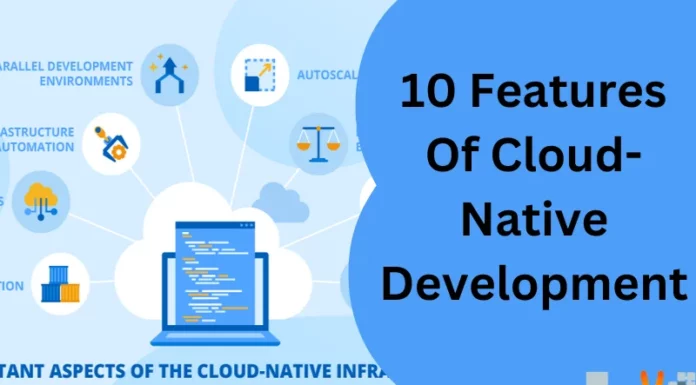According to the UN World Commission on Environment and Development, sustainable development means, “development that meets the needs of the present without compromising the ability of future generations to meet their own needs.” Practices that are sustainable in all the fields of human activity support the environment. Digital sustainability refers to the usage of IT innovations and technologies for eco-friendly development. Through the process of massive and efficient digitalization, we can ensure development that is sustainable. Yet, digitalization in itself is not inherently sustainable. Through IT innovations focusing on sustainability, a new era of green computing and technological practices can be created. Given below are the top 10 computing innovations and techniques in recent times that promote sustainability:
1. Green Cloud Computing
Green Cloud computing is very efficient for users as it ensures that there is no data loss. Cloud computing enables work-from-home jobs and reduces fuel emissions. By using eco-friendly Cloud computing, users can reduce carbon emissions by 88% and energy consumption by 87%. Therefore, Green Cloud computing is a significant technological development to promote sustainability.
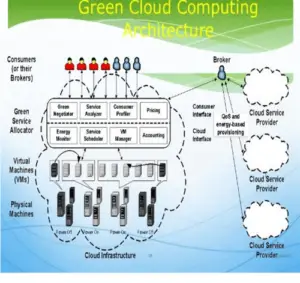
2. Edge Computing
Edge computing reduces data traffic by using and storing data locally in the nearby device on the site of its creation. This process supports sustainable development by reducing energy usage and carbon emissions. The data centres which utilize Edge computing are more efficient than those employing cloud computing. Edge computing allows retrofitting by adding new technology to pre-existing hardware and infrastructure, reducing e-waste generated by replacement.
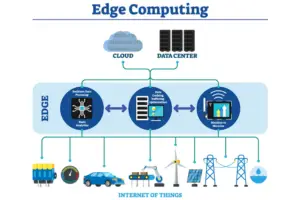
3. IoT Sensors
IoT (Internet of Things) sensors are crucial for detecting and solving environmental problems. PM, CO, and CO2 sensors enable tracking air pollution levels, finding out the source of such levels, and reducing emissions timely. Smart sensors can be used in infrastructures to track, analyze, and optimize energy consumption. IBM has developed a low-cost IoT sensor that detects methane leaks, a global warming contributor and hazardous gas, to find and repair leaks more quickly.
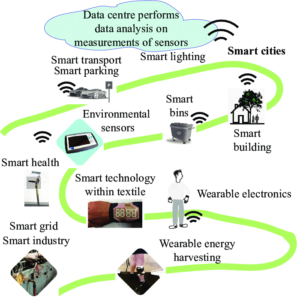
4. Artificial Intelligence (AI)
AI is utilized in many ways, especially in the economic sector, to reduce its carbon footprint by managing and tracking its impacts on the environment. Google used DeepMind to reduce the energy consumption of its data centers, and its cooling cost by 40%. AI can be used to create green and clean energy grids, for eco-friendly agriculture, to enhance the sustainability of supply chains, and for monitoring the environment.
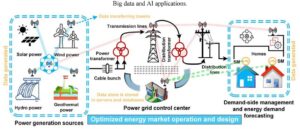
5. Blockchain
Blockchain technology can help reduce deforestation caused by paper currency production. Though primarily used for cryptocurrency, the application of Blockchain can be expanded for tracking and storing data concerning activities that cause pollution and harm the environment. Blockchain can allow the collection of data that has less carbon footprint for analyzing and decision making. Blockchain also enables a green supply chain.

6. Computer Virtualization
Virtual Computing means using lesser physical computer resources, like having more than one logical computing process on one physical computer. This helps in significantly reducing hardware e-waste, enhancing efficiency, and conserving valuable resources through design and programming. Operating-system-level virtualization is a virtual technology capable of reducing energy consumption.
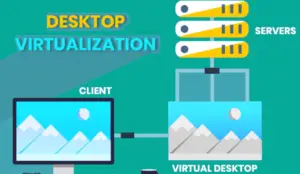
7. Advanced Configuration and Power Interface
The Advanced Configuration and Power Interface (ACPI) allows an OS to control the power flow and energy supplied to hardware directly. It enables a computer system to turn off energy-intensive peripherals such as monitors and components such as hard drives automatically when the system stays inactive. As you may be familiar, a computer hibernates when most components are inactive. This is a beneficial sustainable feature in all the devices we use.

8. Dark Mode
Dark Mode is a popular display mode nowadays, which refers to a light-on-dark color scheme. When used in an OLED display screen, it requires very little energy. The OLED technology is itself very eco-friendly. Paired with dark mode, OLED is more sustainable than any other display. However, this mode does not reduce energy suspension in other types of widely used display screens.

9. Telecommuting or Teleconferencing
Technologies that allow teleconferencing, popularly called video conferencing, are essential in initiatives that promote green computing. Such technology helps reduce transport vehicles, reducing pollution and greenhouse gas emissions. It also helps save energy in workplaces that require a massive power supply for infrastructure amenities.

10. Algorithmic efficiency
The more efficient algorithms are, the more sustainable computing will be. Efficient algorithms require fewer computer resources for any function. Switching from linear search algorithm to indexed search algorithm, commonly termed as slow to fast, enables reducing the usage of computing resources significantly. Algorithms make data centers more efficient and cost-effective.




